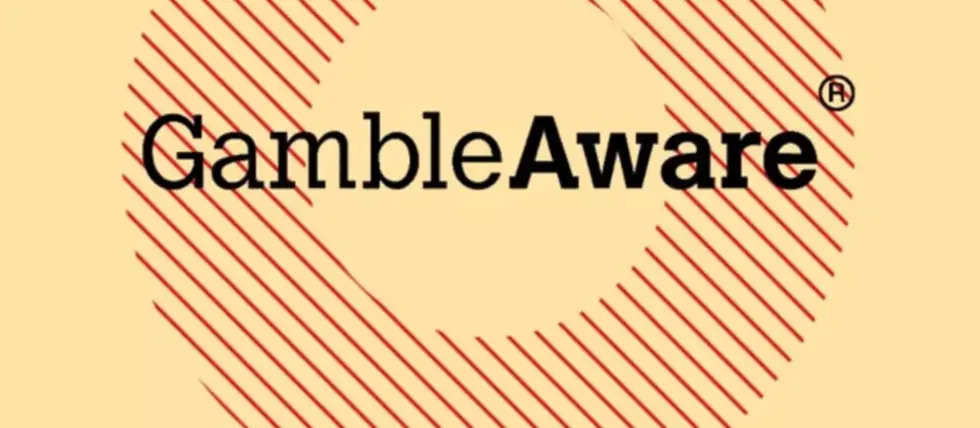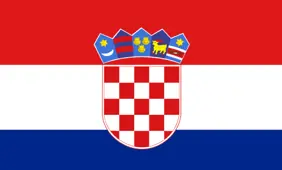GambleAware Release Annual Gambling Harm Report for 2022-23

British charity GambleAware has published its annual statistics, covering the 12 months from April 1 2022 to March 31, 2023.
According to the charity, 6,645 individuals reached out to the National Gambling Treatment Service (NGTS) within the reported timeframe. Of the figure, 85% (5,621 individuals) got treatment from NGTS, while the remaining 15% received assistance in dealing with the effects of someone else's gambling.
Of those who received treatment directly, 37.9% were linked to online slots, 15.6% to internet sports betting, and 12.8% to fixed-odds gaming machines in bookmaker shops. Some additional
sports betting and gaming machines in bookmakers represented 10.1%.
In general, about 67.2% of individuals receiving treatment sought self-exclusion from gambling and help with various types of related addiction. Cases associated with bookmakers made up 36.0%, while those related to casinos constituted 8.9%, and adult entertainment centers accounted for 5.4%. Other minor sources included pubs, bingo halls, family entertainment centers, and private members' clubs.
Most Clients Seeking Help Were Male
According to the annual report, 75% of those who contacted GambleAware and the NGTS were below the age of 75. The largest numbers were in the 25-29 and 30-34 age brackets, comprised of 38% of all clients.
Around 69% of clients self-identified as male. Regarding ethnic backgrounds, 90% of players were from a white ethnic background, while 6% were Asian or Asian British, 3% were black or black British, and 2% identified as mixed race.
A majority of clients were employed (72%), while individuals living with long-term disabilities/illness and not in work represented 12%. Unemployed individuals accounted for 9% of contacts, retirees constituted 2%, individuals looking after family or home and not working were 2%, and students made up 1%.
Success of Treatment Programs
The charity also emphasized the success of treatment during this period, noting that 64% successfully finished their courses. However, this figure was slightly below the past five-year average of 67%.
Among those who completed treatment, 88% reported an improvement in their behavior. Furthermore, the percentage of individuals experiencing problem gambling decreased from 86% at the beginning of treatment to 13% after completion.
On the other hand, 28% dropped out of treatment before reaching a scheduled endpoint, a slight decrease from last year's 30%. The remaining clients either received referrals to other services or were discharged after assessment without undergoing treatment.
Half of the clients received assistance within five days of initial contact, and this figure increased to 75% within nine days.
Today’s data clearly demonstrates the value of the prevention-focused approach applied through our network. It is a timely reminder of the importance of investing in early treatment – especially as recently reported figures from the Gambling Commission suggest prevalence of harmful gambling may be much larger than previously estimated.
More Responsible Gambling News
RELATED TOPICS: Responsible Gambling
Most Read
Must Read
 Interviews
Interviews
Sweepstakes Casinos: Thriving in an Ever-Changing Industry – Interview with Attorney Stephen C. Piepgrass
Feb 17, 2025 Interviews
Interviews









Review this New Post
Leave a Comment
User Comments
0 Comments for GambleAware Release Annual Gambling Harm Report for 2022-23